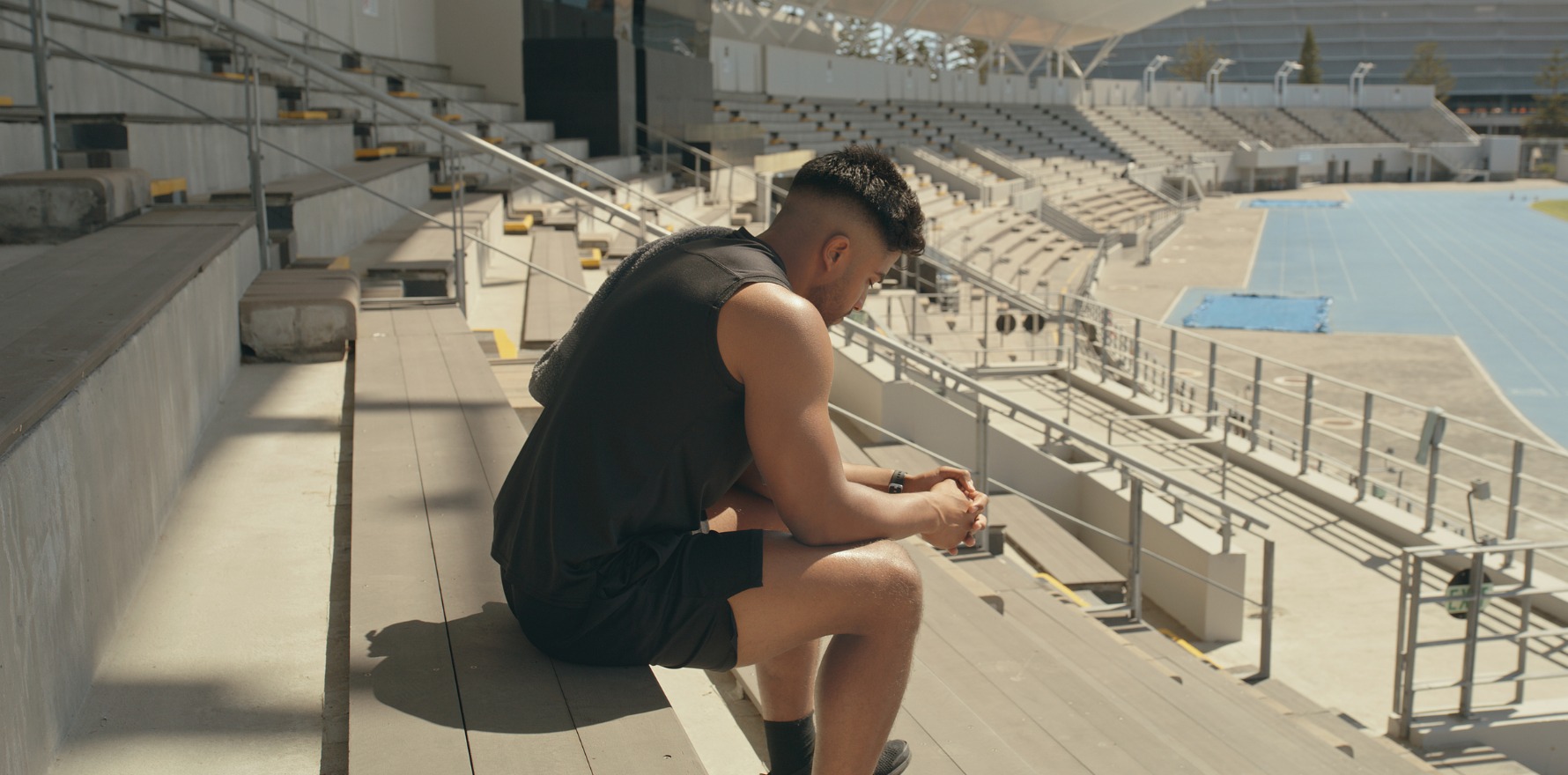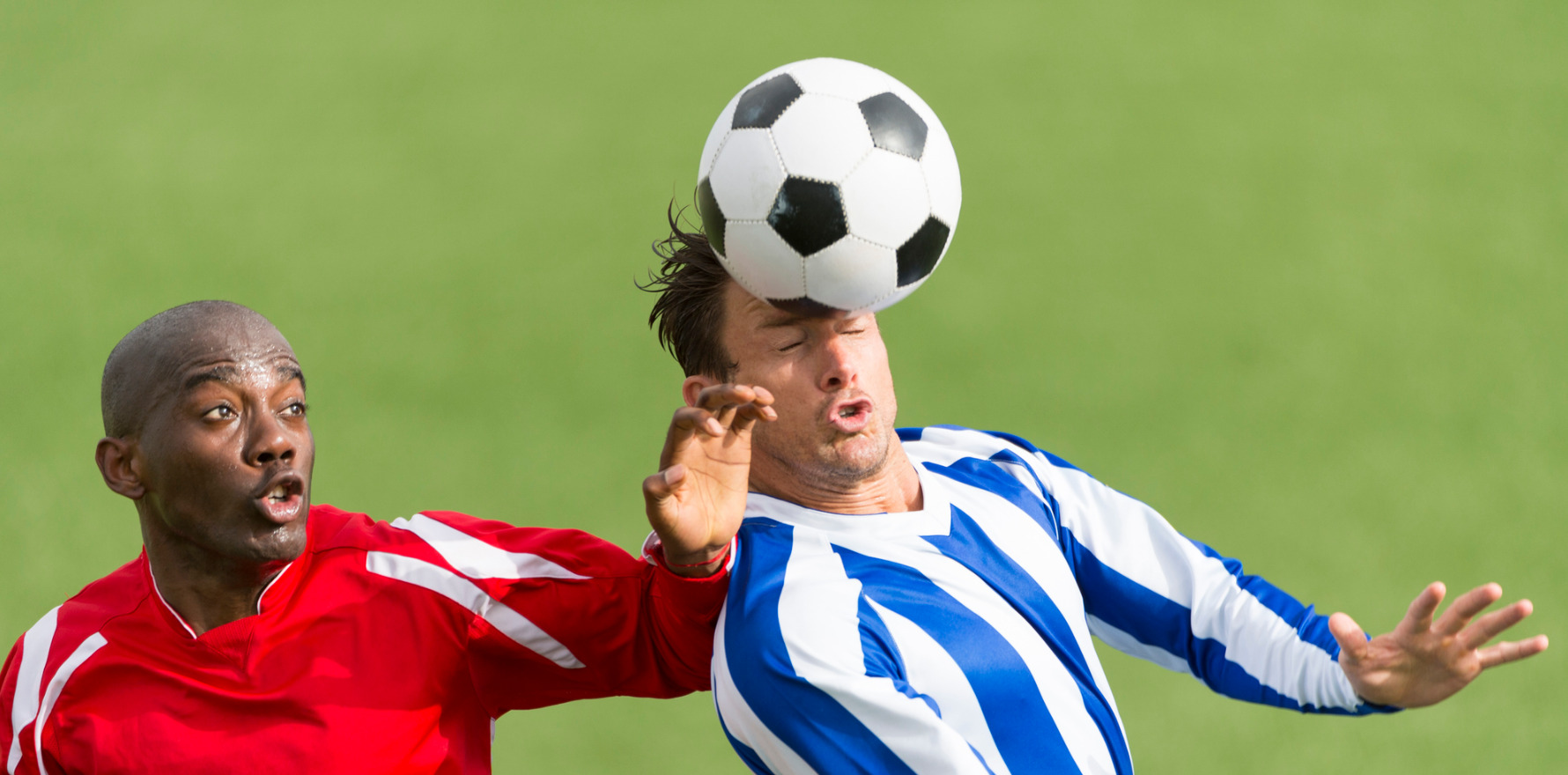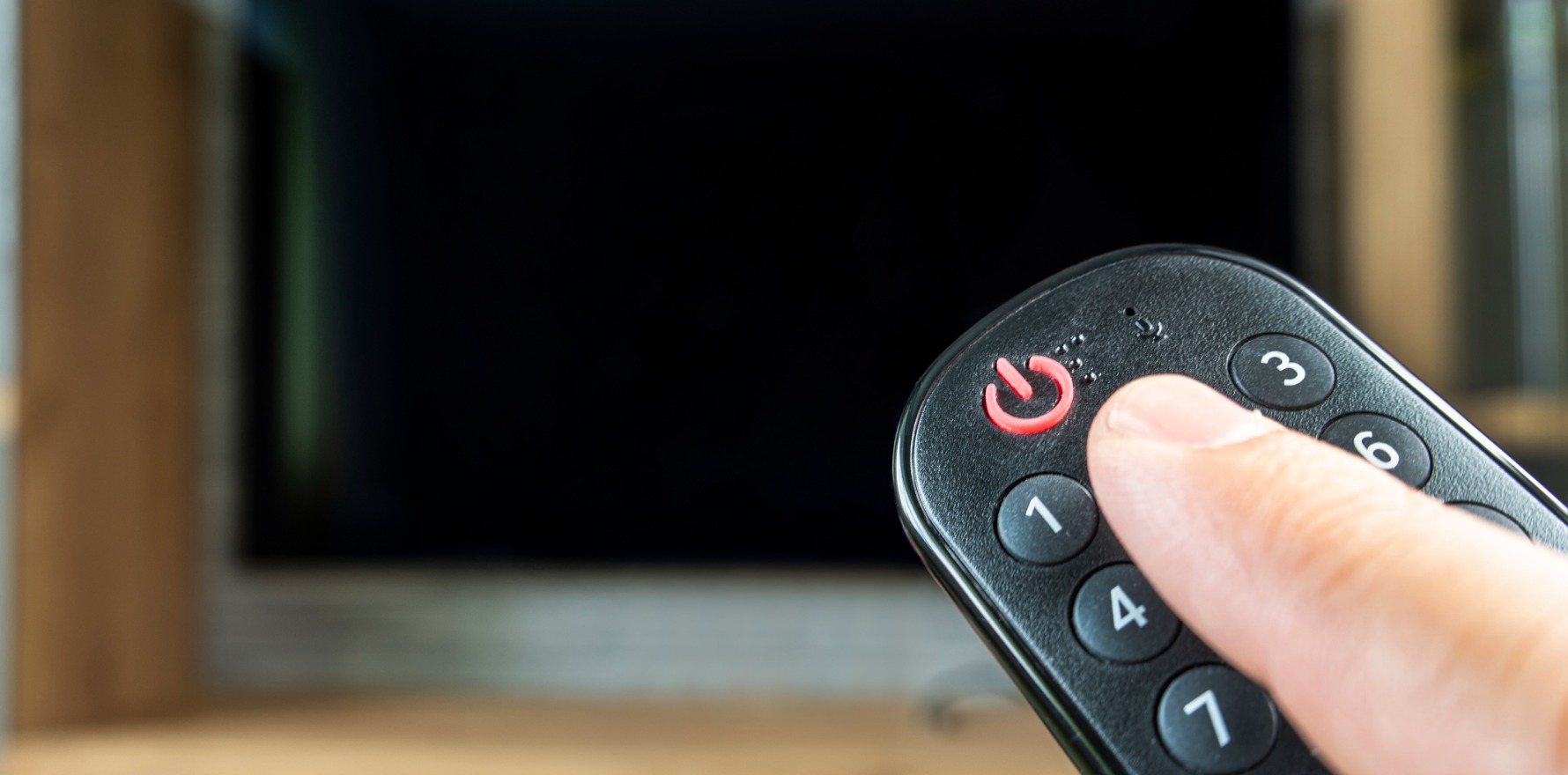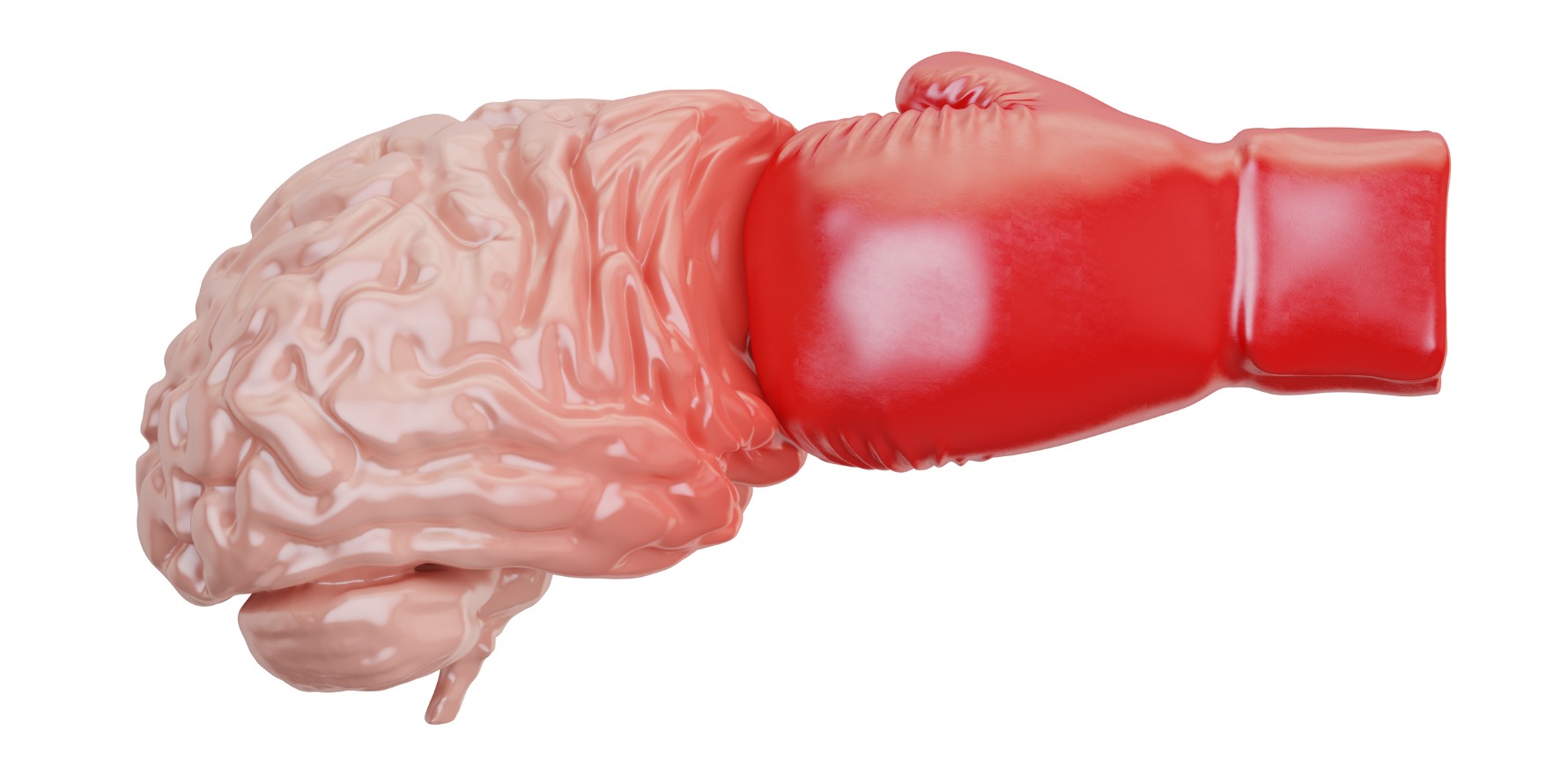The new position statement preaches an ‘abundance of caution’ be taken when concussion is suspected.
A new position statement aims to provide consistent, up-to-date information on concussion for all Australians.
The Concussion and Brain Health Position Statement 2024, released yesterday, recommends sports of all levels operate with “an abundance of caution” in instances of suspected concussion.
“Where there is any suspicion of concussion, an athlete should be removed from the field of play and should not be allowed to return, until the successful completion of a graduated return to work/learn program, and clearance by a healthcare practitioner,” the statement reads.
The statement recommends the Sports Concussion Assessment Tool 6 for medical professionals when assessing potential concussions, and the Concussion Recognition Tool 6 for individuals without medical training.
The Sports Concussion Office Assessment Tool 6 is also recommended for healthcare professionals evaluating concussion in a controlled office environment in the days and weeks following injury.
The new position statement, an update of the inaugural version launched in 2016, is a joint initiative from the Australian Institute of Sport, Sports Medicine Australia, the Australian Physiotherapy Association and the Australasian College of Sport and Exercise Physicians, bringing together the most up-to-date evidence on concussion for athletes and their families, healthcare practitioners, coaches and teachers.
Related
The youth and community sport aspect of the position statement has been aligned with concussion advice in the United Kingdom and New Zealand, including extending the minimum mandatory post-concussion standdown period to 21 days from the time of concussion before returning to competitive contact sport.
“This multi-national approach to the Youth and Community Sport Guidelines provides all Australians with a clear, consistent, and strong message on how to manage concussion in sport,” AIS chief medical officer Dr David Hughes AM told media.
“It’s important to manage all instances of concussion with an abundance of caution and make it clear that a conservative management approach is needed for people aged under 19 years who have growing brains and are at risk of prolonged recovery times, as well as for community sport where advanced health care support is often not available.”
The position statement is intended to provide general advice, rather than hard and fast rules around how concussion should be managed.
“The information conveyed in this position statement does not constitute medical, legal or other professional advice. This position statement therefore should not be interpreted as a guideline for clinical practice or legal standard of care,” the statement reads.
The AIS has created a collection of freely available resources for medical practitioners, accessible via the Concussion in Sport website, to support the statement, including concussion management decision trees and frameworks for returning to sport and learning.





